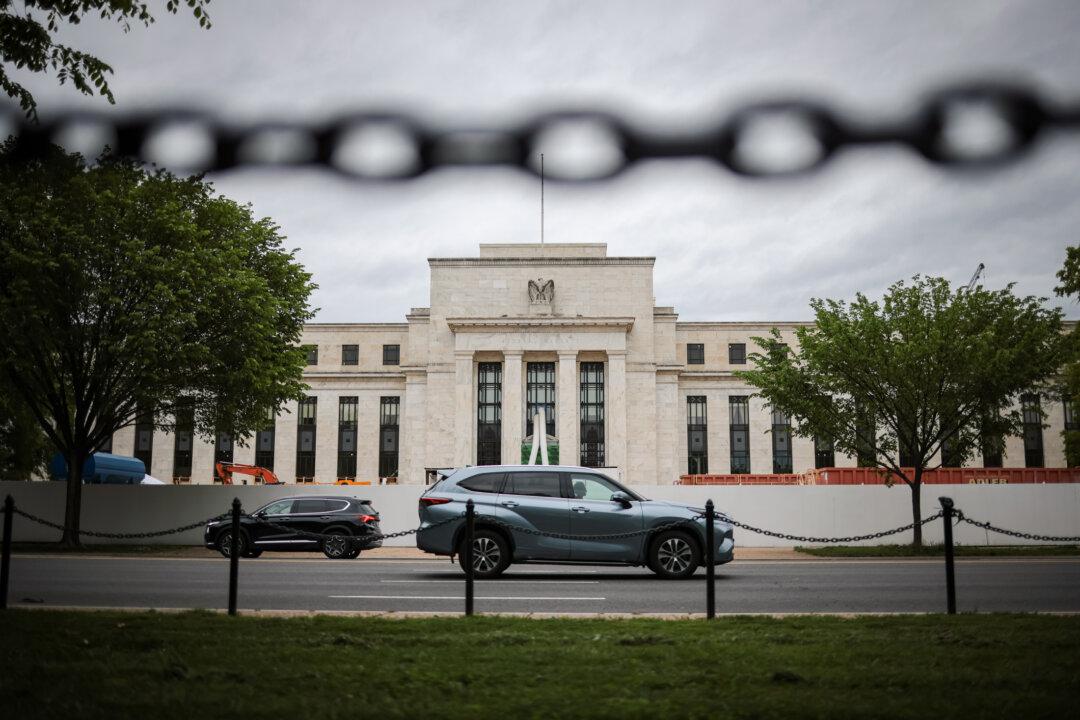Commentary
The banking crisis is there, but global inflation does not ease quickly. Breaking down the components tells clearly that the non-core components (food and energy) almost vanish while the core ones (mainly services) are still firm. This is true in most of the advanced economies, including Japan. Housing prices are generally coming down (some are in slow growth), but the transmission to housing rents and hence consumer prices are limited. This time inflation is all-rounded rather than sector (such as housing) specific. The root cause is still too much money.





